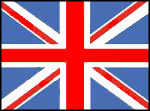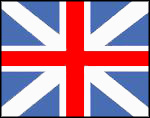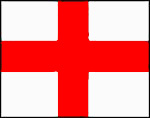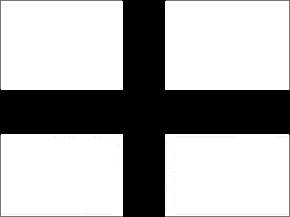Photo snapshots from 5 days of Ancestry.com emails.
Forgive my absence, folks, as I'm developing new ideas for the blog. I recently had an exchange with an Ancestry.com user. I won't name him here or quote from the experience, as I think what was said and done warrants more of a philosophical thought than a direct experience.
Over the last week I received five update emails from Ancestry on this person's tree. Each day, there were a few pictures and sources and this listing that over 100+ people have been added. I started to check the lists and yes, they were actually new people. Each day, over 100 people were being added to this person's tree.
This naturally got me suspicious, as I find that more and more, as I check over what I am adding to my tree, I am lucky if I get through adding a family of 3 to my tree on a single day! How could he get through this many folks at once? And then do that breakneck speed for four more days?
"Blah, blah, blah - you've whined about this before, about people adding things without checking"
Aye, I have, which is why I want to go somewhere else with this post. What I thought about was that there is a fundamental difference in how people approach genealogy and that is why there is a disconnect between the two camps of folks.
Camp 1. The experienced genealogists, the professionals, and the folks striving to get to either of these points. They tend to be the slow adders - checking each person, one at a time, adding sources, then moving on to verifying the relationships, then moving on to adding a new person to a family.
-Pro: things tend to be well sourced and easy to follow.
-Con: they miss out on new data as they are often too slowly working through existing data.
Camp 2. The newbies, the part timers, and the bucket list folks (i.e. "I must finish my genealogy to give my kids"). These folks tend to be fast adders, clicking and dragging from one family to the next, matching the names they think match, and adding anything easy to attach from Ancestry.com and its network and sometimes FamilySearch.
-Pro: there tends to be an explosion of data available for any family. Whether its right or not, well, who knows?
-Con: an explosion of data means none of it is checked. Often there is a host of errors, and many times whole family lines are mismatched.
Which brings me to my last point - could each camp learn something from the other one? I believe the answer is yes.
Camp 1 - they sometimes seem like the most hardest working folks in genealogy. The problem? It sometimes gets to be a bit too much like WORK rather than a hobby, a profession, or even dare I say - fun? (sorry James Tanner...).
Solution? Something new that I heard about this weekend as well - "blitz genealogy". With all the technology and advice out there, practicing short spurts of searching and detective-ing with high productivity can lead to a flurry of new information to help clear up old troubles. In blitz genealogy, you set a research hypothesis that can be solved in a short period of time, say, two days. A good one might look like "I need to find marriage records for Daniel Graves in eastern Michigan from 1870-1890." Then you go out and you save every document that might meet that criteria. Lastly, you then sift through the material, holding the ones that aren't the right guy in an appropriate holding bin (I have a folder on my computer labeled "Searches by subject area" and then I add the folder number to a list that corresponds with the research problem).
Another way to do blitz genealogy is to do tasks like this -
write a one hour life history on one of your ancestors. How can that help you? By taking the time to analyze your ancestor's life as a whole, you can often spot holes in their story that are easy to fix. A missing time record, some tax records, etc.
Camp 2 - these guys just seem like they are flurrying around with little direction or investigation of their connections.
Solution? I've taught this technique to a few dozen folks, and they all giggle at the name "Search and Destroy". You take one family, and look through all the evidence, and weed out what doesn't fit. Then you move up the chain, each time, taking one family and looking at it. Sometimes the answer is that the whole family doesn't fit and the whole name chain can be released from the tree. I try to encourage folks to only keep the names of family they are pretty sure about and delete the rest.
What does this do? It gives them quick focus and helps them see the importance of being sure. Note I didn't say right or wrong here - those come later. What you want to be is sure that the basics are correct. Folks have the right name, they match up to the census years, they match up to the names on the certificates (if available), that the pictures look like they came from the right era, etc. If they added things from websites other than FamilySearch and Ancestry, the documents have notes on where they came from so others can find them later. These tasks increase the quality of their genealogy very quickly, yet also helps them down the path should they want to become part of Camp 1.
A little bit quicker, a little bit slower, and both sides can increase the quality of their genealogy and still have - dare I say it? - fun in their hobby. And they can find some common ground in learning from one another, without the derision on both sides.








